Need help finding the right plant
juliamb917
9 years ago
Related Stories

GARDENING GUIDESHow to Find the Right Native Plants for Your Yard
Find plant maps, sale sites and guides that make going native in the garden easier than ever
Full Story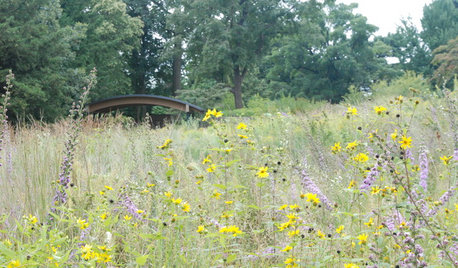
GARDENING GUIDESHow to Find the Right Plants for Your Garden
Break free from choosing plants by cold-hardiness zones for a beautiful landscape that thrives year-round
Full Story
LANDSCAPE DESIGNNative Plants Help You Find Your Garden Style
Imagine the garden of your dreams designed with plants indigenous to your region
Full Story
WORKING WITH PROS5 Steps to Help You Hire the Right Contractor
Don't take chances on this all-important team member. Find the best general contractor for your remodel or new build by heeding this advice
Full Story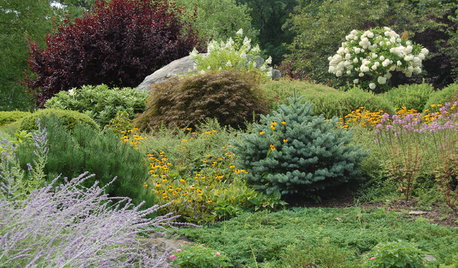
GARDENING GUIDESDesigning With Conifers: Finding the Right Garden Bedmates
In gardening, building on commonalities creates an enduring relationship
Full Story
KITCHEN APPLIANCESFind the Right Cooktop for Your Kitchen
For a kitchen setup with sizzle, deciding between gas and electric is only the first hurdle. This guide can help
Full Story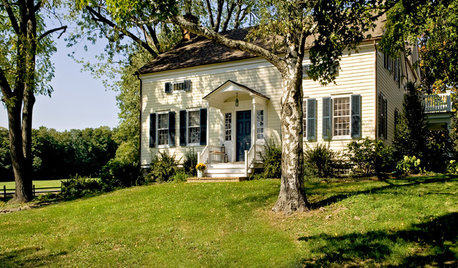
CURB APPEALClues to Finding the Right Color for Your House
Waffling over the rainbow of color options for your home's face? This advice from an architect can help
Full Story
CURB APPEAL7 Questions to Help You Pick the Right Front-Yard Fence
Get over the hurdle of choosing a fence design by considering your needs, your home’s architecture and more
Full Story
MOVINGHouse Hunting: Find Your Just-Right Size Home
Learn the reasons to go bigger or smaller and how to decide how much space you’ll really need in your next home
Full Story
KITCHEN DESIGNHow to Find the Right Range for Your Kitchen
Range style is mostly a matter of personal taste. This full course of possibilities can help you find the right appliance to match yours
Full Story



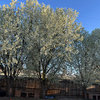
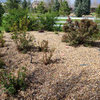
david52 Zone 6
maidinmontana
Related Discussions
Need help finding the right plant for this spot
Q
Need Help find right dinning room rug and table cover?
Q
Need help finding the right fern
Q
Desperately need help finding the right 6x9 area rug!
Q
juliamb917Original Author
ZachS. z5 Platteville, Colorado
juliamb917Original Author
ZachS. z5 Platteville, Colorado
Skybird - z5, Denver, Colorado
ZachS. z5 Platteville, Colorado
Skybird - z5, Denver, Colorado
juliamb917Original Author
Skybird - z5, Denver, Colorado
Skybird - z5, Denver, Colorado
juliamb917Original Author
Skybird - z5, Denver, Colorado
treebarb Z5 Denver